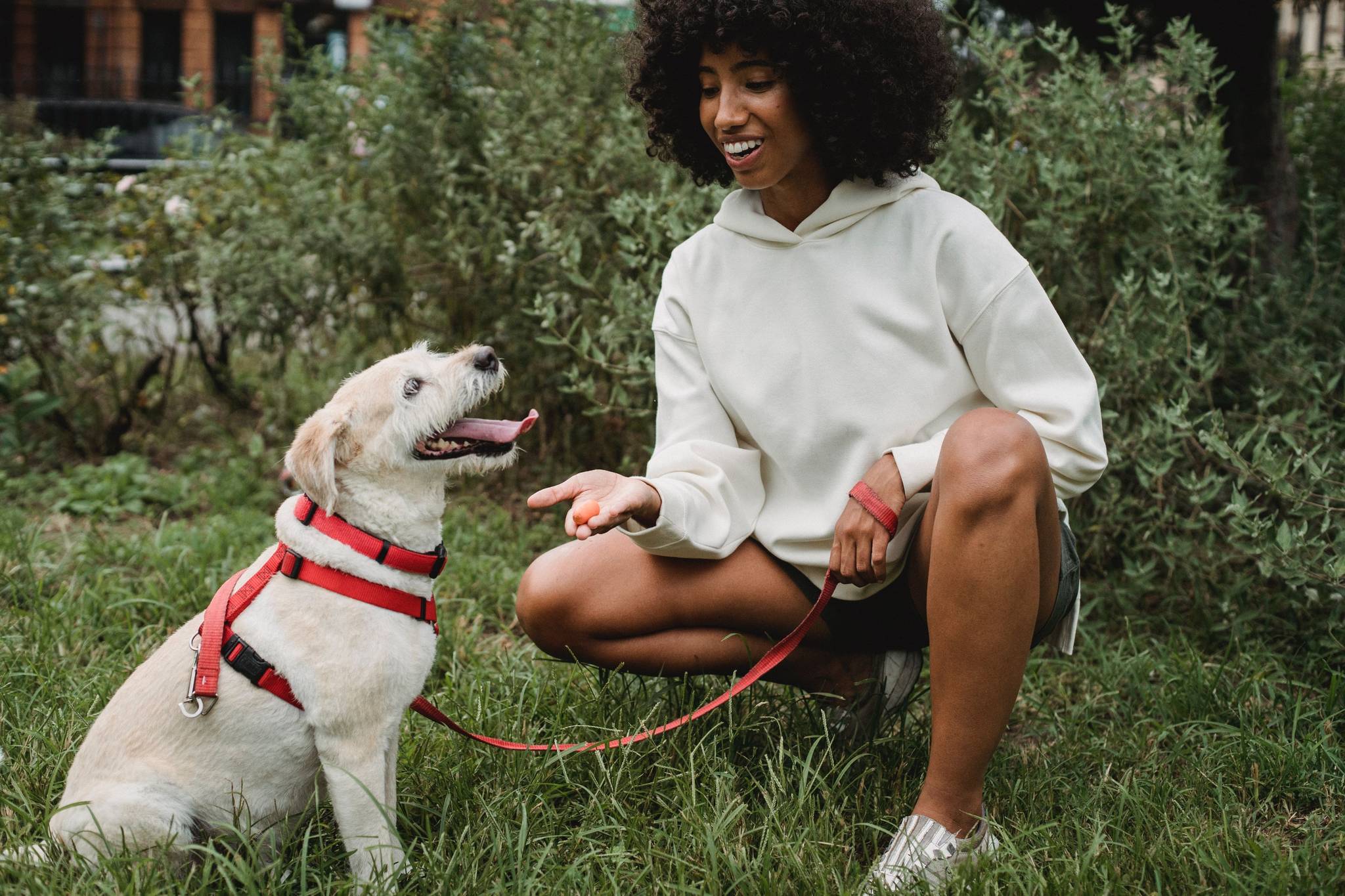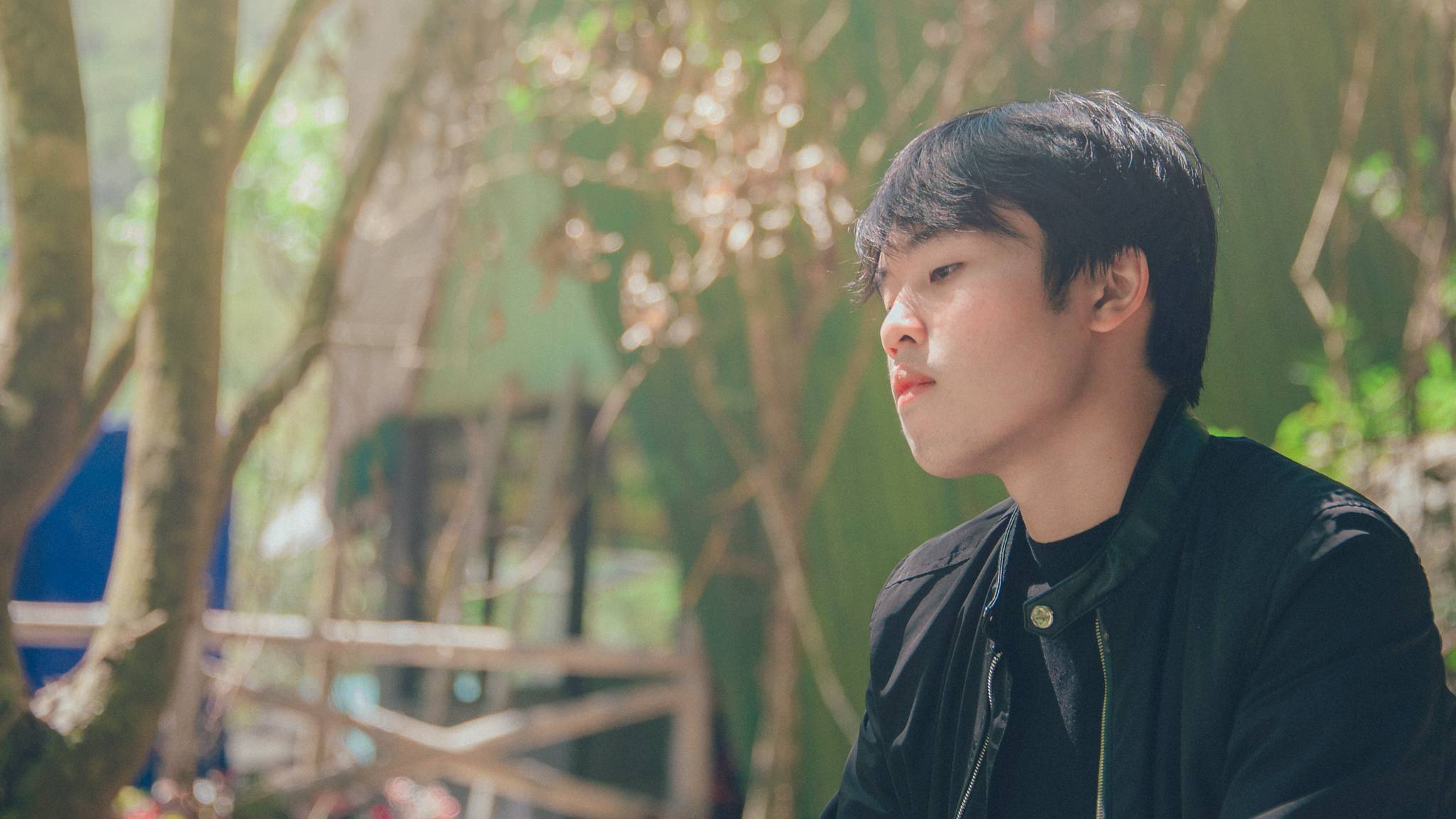
Thanks to outlandish, imaginative and boundary-pushing creativity, Loewe fashion shows have long been a highlight of the seasonal calendar, for both men and womenswear. But when models walked out for Loewe’s men's SS23 shows, there was something noticeably eye-catching about the collection: it was properly wild.
Jonathan Anderson’s approach to Loewe’s men's SS23 show played with oppositions, and nature v technology was a recurrent theme among these. Loafers sprouted with green, jackets were alive with verdant materiality and wild cresses crawled up jeans, reaching above the knees as if to take over people’s bodies entirely. These looks were shown in juxtaposition to coats covered in mini-screens and models wearing synthetically coloured headphones, creating a jarring sense of technology and nature as two parts of our contemporary experience. Speaking to this after the Loewe SS23 show, Anderson commented that ”soon, the only place we might be able to see bees and rare flowers could be on a screen”, highlighting the estrangement between humans and the natural world.
Deepening the rewilding behaviour
A viral-inducing moment though it may be, Anderson’s approach speaks clearly to the deepening desire that people feel to connect with the natural world. While rewilding as a mindset used to be focused on simply ‘getting into nature’, now people are seeking ways to integrate nature as a part of their identity, and as a part of their daily experience of their emotional and physical with the environment.
There is a technology-driven element to this, for example, Guerlain’s cryptobees allowed people to buy bespoke NFTs and support a rewilding project in Vallée de la Millière nature reserve in France. While Apple TV’s epic new docuseries position the wonder of nature as a form of entertainment in their new prehistoric series. But there’s also a physical response too. Alongside Loewe’s designs, we’ve seen the rise of blooming tables, interior design that combines plant life and functional furniture, and a rapidly growing interest and industry around biophilic design, with projects such as Backyard BI(h)OME or the Shi Ling Bridge offering a way of designing which decentres humans from the process of creation.
New nature v tech paradigms
The impact that the pandemic had on people’s view of nature is clear – 63% said watching birds and hearing their songs had added to their enjoyment of life since the start of the pandemic. And of course, people care about the environment. We know that for many, participating in the natural world builds a more conscious relationship with it and fosters greater environmental care.
But the driver behind the evolution of this rewilding behaviour is that as people’s digital experience is increasingly seamless, minimal and easy to use, people crave a sense of aesthetic release elsewhere. Nature, all its strange unknown wildness is the anti-tech – it’s rich, immersive, tactile and real. Fine, nature is authentic - that’s obvious. But that same shift away from the seamless is impacting almost everything in culture right now. It’s driving a wave of ‘anti-blanding’, it’s creating hectic new wellness spaces like sea moss girlies who deny the pastel pinks of the Goop era, it’s driving the rise of new social platforms like BeReal, and it’s why being a feral club rat is now more aspirational than being a main character on TikTok.
A lot of brand narratives still focus on making people feel in control, empowering them to have agency over their lives. And there’s a lot to feel anxious about in the world right now. But as people feel more estranged from the environment, there’s an opportunity around this appetite that people have to bring natural principles into modern life. Gen Z’s favourite colour may be green, but for major impact think messy, slow, chaotic and wild.



